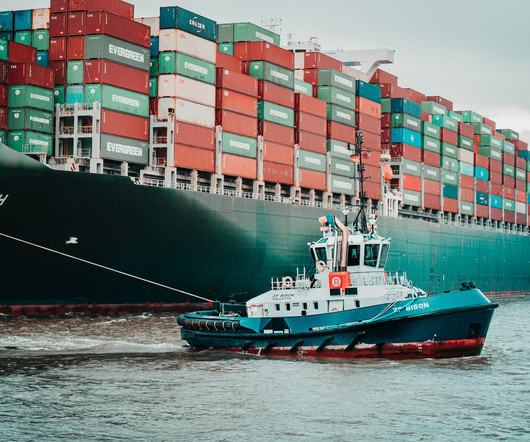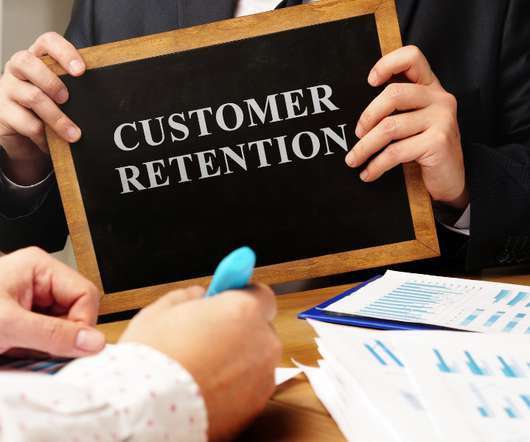Artificial Intelligence and Project Management: The First Step
The IIL Blog
OCTOBER 24, 2023
Using the Internet as an example, he observed that in the 1990s, there were bold predictions that the Internet and the web would disrupt the retail, advertising, and media industries. Risk Management. Effective risk management has to be proactive. Active Assistance. Lohr, “ The A.I. Revolution Is Coming. Creativity. Innovation.”





















Let's personalize your content